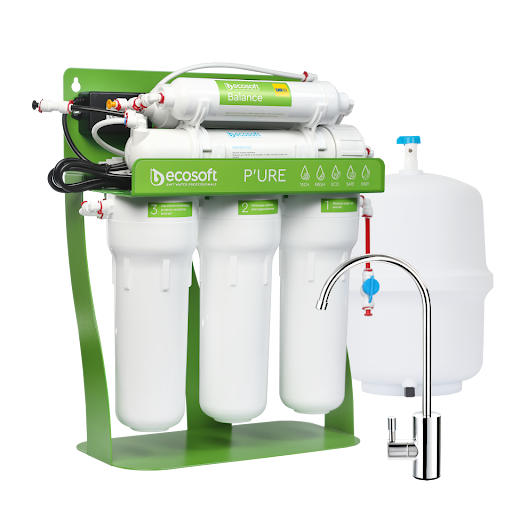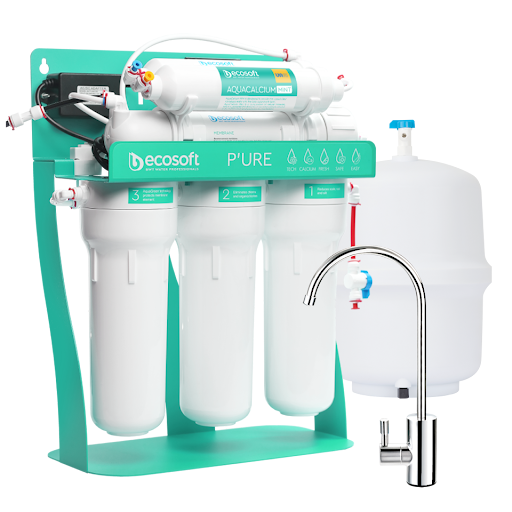What is Reverse Osmosis and Why Should You Consider It for Your Home?
In recent years, reverse osmosis (RO) has gained popularity as one of the most effective water purification methods for homes. This technology removes harmful contaminants from water, ensuring that you have access to clean and safe drinking water. Whether you’re concerned about pollutants in your tap water or simply want to improve its taste, reverse osmosis can offer numerous benefits. In this article, we will explain what reverse osmosis is, how it works, and why you should consider installing a Reverse osmosis (RO) system in your home.

What is Reverse Osmosis?
Reverse osmosis is a water filtration process that uses a semi-permeable membrane to remove dissolved impurities from water. In simple terms, it works by forcing water through a membrane that only allows water molecules to pass through, while blocking larger particles such as minerals, bacteria, and other contaminants.
This process is widely used in both residential and commercial water purification systems due to its effectiveness in providing clean, purified water.
How Does Reverse Osmosis Work?
The reverse osmosis process involves several stages of filtration that work together to remove contaminants from the water.
- Pre-filtration: the water first passes through a pre-filter that removes larger particles such as dirt, sediment, and chlorine. This stage helps protect the RO membrane from clogging.
- RO membrane: the water is then pushed through the semi-permeable membrane. This is the key stage in reverse osmosis, as the membrane allows only pure water molecules to pass through while blocking contaminants.
- Post-filtration: after the water passes through the RO membrane, it goes through additional filters to remove any remaining impurities and improve the taste of the water.
- Storage: the purified water is stored in a tank for later use, while the contaminants are flushed away.
This multi-stage filtration process ensures that you receive the highest quality water possible.
Benefits of Reverse Osmosis for Your Home
There are several reasons why you should consider installing a reverse osmosis system in your home. These benefits include improved water quality, better taste, and enhanced protection against harmful contaminants.
- Removes contaminants: one of the biggest advantages of reverse osmosis is its ability to remove a wide variety of harmful substances from water, including bacteria, heavy metals, chlorine, and pesticides. This ensures that the water you drink and use for cooking is safe and free from toxins.
- Improves water taste: many contaminants, such as chlorine, can negatively affect the taste and smell of your tap water. Reverse osmosis eliminates these impurities, resulting in fresher, cleaner-tasting water.
- Cost-effective: while installing a reverse osmosis system may require an initial investment, it can save you money in the long run. You’ll no longer need to buy bottled water, which can be expensive and environmentally harmful.
- Health benefits: by removing contaminants such as lead, mercury, and chlorine, reverse osmosis water can be beneficial for your overall health. It can improve hydration, skin health, and overall well-being by reducing the number of harmful substances in your water.

What to Consider When Choosing a Reverse Osmosis System
Before installing a reverse osmosis system in your home, there are a few factors to consider to ensure that you select the right one for your needs:
- Water Quality.
- System Size.
- Maintenance.
- Wastewater.
Conclusion
Reverse osmosis is a powerful and effective water filtration method that removes contaminants from your water, ensuring clean, fresh, and safe drinking water. By installing an RO system, you can enjoy improved water taste, better health, and protection from harmful substances. Whether you’re concerned about water pollution or simply want to improve the quality of your tap water, reverse osmosis offers a reliable and cost-effective solution for your home. Consider the benefits of reverse osmosis, and take the first step toward cleaner, healthier water for you and your family.
